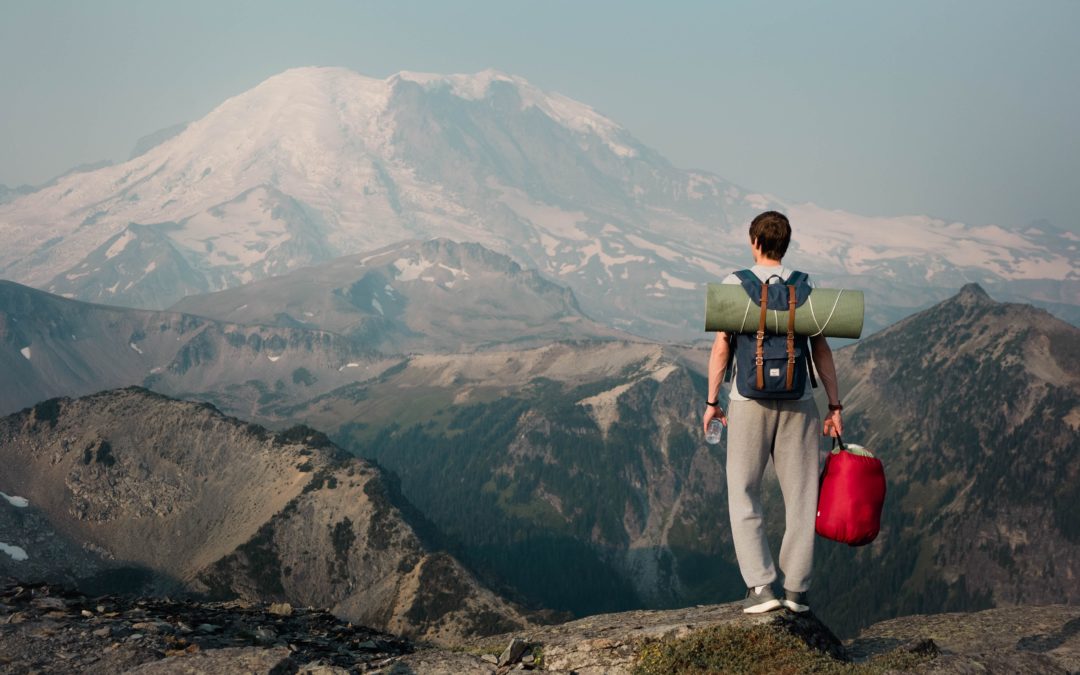The COVID-19 pandemic may not be over, but people are definitely interested in travel again. If you’re dreaming of a European vacation, why not consider a destination off the beaten path? Here are five lesser known, but nonetheless spectacular vacation destinations on the European continent.
1. Cévennes National Park – Lozère, France
Travelers visiting France tend to make a beeline for Paris or the French Riviera—and who can blame them?—but the country has so many other fascinating sights to see. Situated in Lozère in southern France, Cévennes National Park is a UNESCO Biosphere Reserve that boasts several natural wonders, including the Gorges Du Tarn, a deep canyon with high walls sheltering picturesque French villages along the Tarn River. In addition, the Aven Armand limestone cave and its impressively large stalagmites are also worth a visit.
Located in the south of the Massif Central, Cévennes National Park is home to a myriad of flora and fauna, as well as the Mount Aigoual meteorological observatory site. Visitors can spend the day hiking the Stevenson Trail, which acquired its name from Scottish author Robert Louis Stevenson, who hiked it in the fall of 1878. Another option is to explore the park by car, following quaint little roads lined with oak, pine, beech, and chestnut groves, fields of wildflowers, and heather-covered moors. Against it all is the stunning backdrop of steep granite and limestone cliffs. Regional produce such as goat’s cheese, cooked meats, and local honey are well worth a try, as is bajana, a traditional chestnut soup.
2. Caumasee – Flims, Switzerland
One of the most tranquil and beautiful lakes in Switzerland, Caumasee is a crystal-clear turquoise expanse surrounded by scenic pine forests. Here, visitors can relax on the lake’s pebble beach, or take an invigorating dip in the pristine waters. Alternatively, there are paddle boats available to rent. There are also several restaurants, making Caumasee a great place to stay and enjoy some much-needed rest and relaxation.
Located in the southeast of Switzerland, Caumasee sits on the edge of the modern ski resort village of Flims Waldhaus, which is popular with hikers in the summer and autumn, as its numerous trails present the opportunity to explore the surrounding mountains. Come the wintertime, Flims Waldhaus is a favorite destination for winter sports enthusiasts.
3. Slitere National Park – Cape Kolka, Latvia
Located on the remote Cape Kolka in western Latvia, Slitere National Park is one of the oldest nature preserves in the Baltic States. Here, the Gulf of Riga meets the Baltic Sea. The park’s most recognizable geological features are the Zilie Kalni, or Blue Hills. Wetlands, bogs, broadleaf forests, and sandy beaches also mark the landscape.
Situated about a two-hour drive from the capital Riga, Slitere National Park is an excellent place for hiking, cycling, and birdwatching. Located along migratory routes, Cape Kolka and its estuary are a stopover for the great grey owl on its winter journey from Russia. The grey wolf, elk, and Eurasian lynx also make their home here.
This part of the Latvian coastline is the home of the Livonians, an ethnic group that has their own unique traditions, culture, and language. The Livonian language is deemed to be on the verge of extinction; only a few dozen people speak it and few of them have native fluency. Livonians are believed to be Europe’s smallest ethnic minority. A culture tied to the sea, they have lived on the remote western shores of Latvia for centuries, with a population of 30,000+ in medieval times.
4. Milos – Cyclades, Greece
Located in the southwestern Cyclades Islands, Milos blends quaint Greek fishing villages with an ethereal landscape of sculped rock formations, thermal springs, and dozens of beautiful beaches and harbors.
Famous for its Venus de Milo statue and watermelon pie, the island of Milos is relatively peaceful and crowd-free, especially when compared to neighboring Mykonos. Major attractions on Milos include Alogomántra beach, Kléftiko’s rock arches, and Sarakíniko’s lunar rocks. There is also an ancient Roman theater that dates back to the third century BC.
Milos was formed over the millennia by a combination of volcanic eruptions, earthquakes, and tsunamis, which molded much of the island’s distinctive rock formations. The volcanoes also left an abundance of obsidian, a black glass-like rock, strewn about the island; hikers will spot it often. Sailing is another great way to see Milos’ rugged landscape.
5. Cabrales – Asturias, Spain
Located in the Picos de Europa mountains in northern Spain, Cabrales is renowned throughout the country for its punchy blue cheese of the same name. Its natural attractions are also considerable. Here, the ice blue-green waters of the Cares River boast some of Europe’s most southerly salmon and trout fishing.
Cabrales boasts spectacular views of Naranjo de Bulnes, one of Spain’s most famous mountains. The main towns of Arenas de Cabrales and Carreña de Cabrales are more like villages, but both boast plenty of bars and restaurants where travelers can enjoy traditional Asturian cider—the server will pour the cider as far from the glass as possible to aerate the drink. Fabana is another local specialty. This hearty bean stew is comparable to French cassoulet.

